Foreign Devils on the Silk Road: Book Review
Foreign Devils on the Silk Road
by Peter Hopkirk
Review by Josh Summers
The Silk Road has become to Xinjiang what the Great Wall is to China. The first foreigners to cross this important set of trade routes were kindly referred to as merchants but around the turn of the century another group of foreigners would step foot here and be labeled devils.
The individual accounts of these daring explorers have long since been out of print but the tales of their adventures have been preserved in Foreign Devils on the Silk Road, a book that makes Xinjiang’s buried history as intriguing as a stroll along the Great Wall.
is not a new book and its cover isn’t flashy, but it still retains a prominent position on my bookshelf. At last I found a book based in Xinjiang that has nothing to do with ethnic tension or government policies, primarily because the People’s Republic of China had not yet been founded.
Peter Hopkirk, a Chief Reporter for the London Times for five years, leads his readers through the exploits of six primary explorers and archeologists who were drawn to Kashgar and the lost cities of the Taklamakan Desert.
These cities, once thriving merchant towns along the Silk Road, had been gradually swallowed by the shifting waves of sand and weren’t rediscovered until the early 19th century.
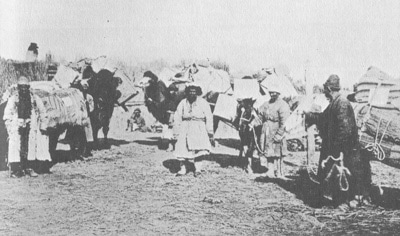
Following an official Indian Government report in 1875 describing the treasures of these lost ruins, a race to excavate began from all corners of the world.
England, Russia, Germany, Japan, France and the U.S. – among many others – rushed to secure their claim on priceless artifacts that would help further the understanding of Silk Road history.
Each ran into their own set of problems and interesting circumstances. Hopkirk describes in amusing detail the nearly-fatal desert crossing by Sven Hedin, the manuscript forgeries bought in bulk by England and Russia, and the stubborn little monk who hid a fortune of authentic manuscripts in a cave.
Despite these setbacks, though, each country was able to take away cartloads of valuable items, a fact which still has China bitter.
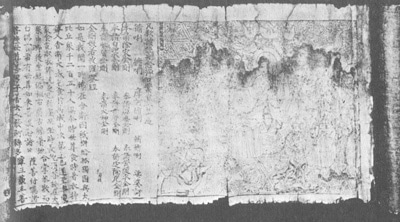
Although published back in 1980, the information Hopkirk shares is still relevant for modern travelers. The locations he describes have changed little, with the exception of Dunhuang’s Buddhist Caves, and the history is still visible.
The cuts from cave paintings taken by Germany’s Albert von le Coq can be seen in Turpan along with a plaque blaming him for “looting” the area.
The only problem with referencing a three decade-old book about Xinjiang is its confusing use of place names.
Due to the variety of ethnic groups in the region and the changes over the years in the way we use the Latin alphabet to write Chinese, every city – past and present – has multiple names and spellings.
Hopkirk acknowledges this problem and tries to use the name by which each location is best known, but even those names have slightly changed (ex: ‘Dunhuang’ is referred to as ‘Tun-huang’).
These differences may be trivial to anyone familiar with the region but could pose problems for the casual tourist who wants to do research before they travel.
For those who plan to make a trip out to any part of southern Xinjiang, this entertaining book provides an adequate background on history that can help tourist better appreciate the mounds of dirt called “ruins”. If nothing else it is a humorous look at the evolution of foreigners in Xinjiang.
Thousands of years ago those who passed through were merchants; over a hundred years ago they were explorers who became ‘devils’. Now, we’re all just tourist.
Further Xinjiang Reading
If Foreign Devils on the Silk Road interests you, you may also want to check out more excellent Silk Road books. These include books such as:
- Eurasian Crossroads: A History of Xinjiang (Review): by far the BEST book on Xinjiang history
- English by Wang Gang (Review): a translation of a popular Chinese novel written by a man who grew up in Xinjiang
- A Tree That Bleeds (Review): another Xinjiang book written from the perspective of a foreigner

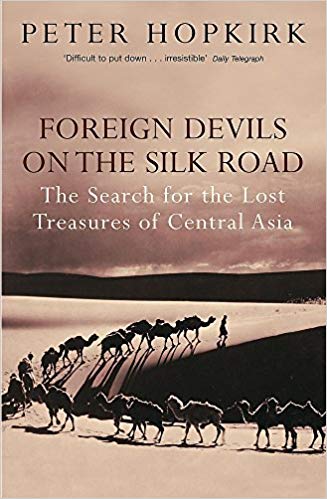


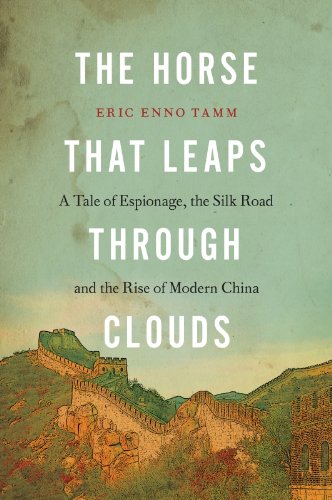



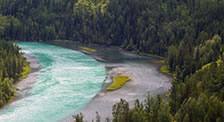
Trou name of thus said Provence was not mansion , Islam was there since 14cenceries back